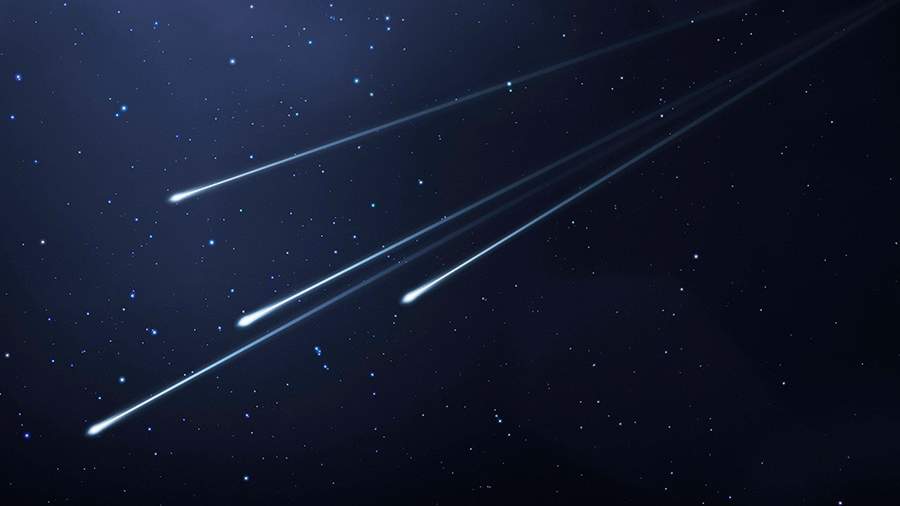Scientists have discovered new data about a meteor that fell in Scotland 1.2 billion years ago
- Новости
- World
- Scientists have discovered new data about a meteor that fell in Scotland 1.2 billion years ago

A new study by Curtin University has revealed that a huge meteorite fell in the northwest of Scotland about 200 million years later than previously thought. This was announced on Monday, April 28, by the non-profit EurekAlert press release distribution service.
Previously, it was believed that the collision occurred 1.2 billion years ago, resulting in the formation of the Stac Fada formation, a rock formation that contains important clues about Earth's ancient past, including how meteorite impacts could affect the environment and life on the planet.
The research team used tiny zircon crystals as geological "time capsules" to date the collision. "When a meteorite falls, it partially sheds the atomic clocks inside the zircon crystals, and these "broken clocks" are often impossible to date, but we developed a model to reconstruct when the disturbance occurred, confirming that the collision occurred 990 million years ago," explained the study's lead author, Professor Chris Kirkland.
Earlier, on December 27, Vishnu Reddy, a professor at the University of Arizona (USA), said that scientists are afraid of a catastrophe due to space debris in Earth's orbit. According to him, concerns are raised about the Kessler syndrome scenario, in which debris in space triggers a chain reaction: one explosion throws out a plume of fragments, which, in turn, crash into other space objects, creating even more debris.
Переведено сервисом «Яндекс Переводчик»
